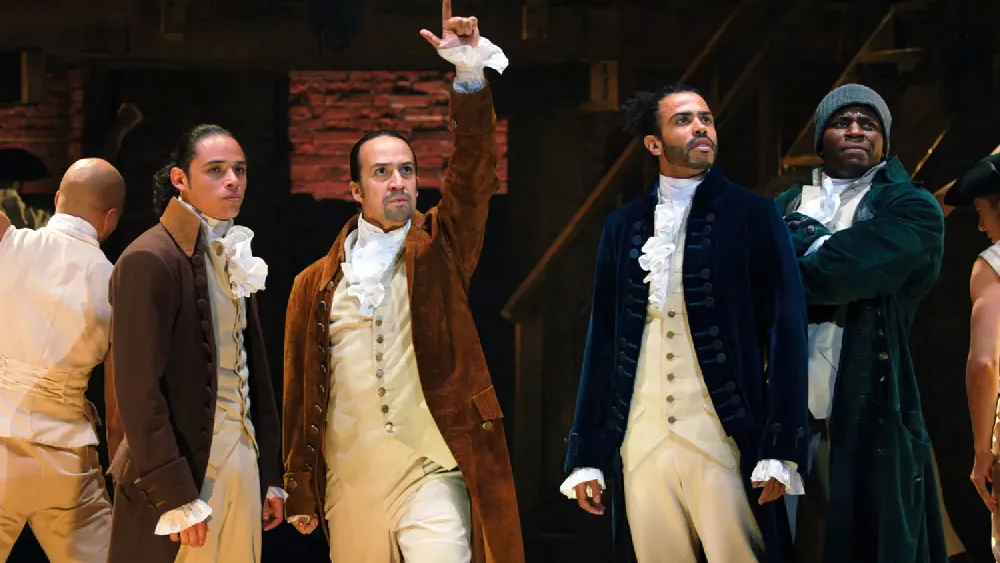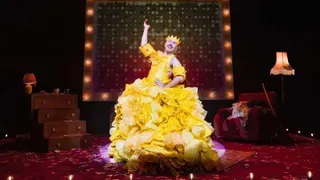December 9, 2010
Lobster Pot Christmas Trees
Robert Doyle READ TIME: 3 MIN.
PORTLAND, Maine (AP) - Lobster fishermen are known for bragging about who has the fastest boat or the biggest pickup truck.
Now, some of the top lobster-fishing ports in New England are claiming bragging rights about who has the biggest and best Christmas tree created from lobster traps. As the holiday season gets into full swing, a new lobster trap tree in eastern Maine is stirring the pot.
Gloucester, Mass., started the trap-to-tree tradition 12 years ago, and Rockland, Maine, followed five years later. Both are threatening to be upstaged this year by the small lobstering town of Beals, Maine, which is getting into the act with a monster tree that stands 50 feet tall.
Albert Carver, a seafood distributor who helped spearhead Beals' upstart effort, couldn't resist taking a poke at Rockland and Gloucester.
"They're nice beginner trees," Carver said when asked about the trees in Rockland and Gloucester. "I mean, they are a little small."
The groups that put up the trees say they draw attention to the ports' maritime heritage, bring people together and raise money for good causes.
The tree in Beals helps raises money for the Beals-Jonesport Fourth of July festivities and the one in Gloucester benefits a nonprofit devoted to the arts. In Rockland, the tree is major fundraiser for Rockland Maine Street Inc., a nonprofit that oversees the tree and sells $50 raffle tickets for a chance to win 100 traps.
When it comes to lobster, nobody tops Maine, where fishermen last year harvested 78 million pounds of the state's signature seafood. Massachusetts fishermen caught about 11.6 million pounds.
Despite that gap, Gloucester was the first fishing port to erect a towering tree-shaped pile of traps adorned with lights and lobster buoys as ornaments. The downtown tree is about 30 feet high with several hundred traps topped with a 5-foot star made out of lobster trap wire.
Rockland, which is Maine's lobster capital, followed with a tree of its own with traps manufactured by a local lobster trap company. This year's tree is 38 feet tall with 152 traps, more than 125 lobster buoys, 480 feet of garland and 3,000 white lights, topped with a 5-foot fiberglass lobster.
Last month, a new trap tree appeared.
At 50 feet high with a base 27� feet across, the tree in Beals is the biggest of them all. It's topped with a mannequin dressed as a fisherwoman wearing yellow oilskins, looking out to sea as if waiting for her fisherman husband to return home.
The Beals tree may be the biggest, but the Rockland tree is lit with spotlights that illuminate it from the inside out, and is built using a "secret" engineering formula, said Lorain Francis, executive director of Rockland Main Street Inc.
Besides, the Discovery Channel sent a film crew to Rockland - not Gloucester or Beals - to take footage of the tree for a future episode on extreme Christmas trees, she said.
"Maybe ours isn't the biggest, but we do have some things that I think makes ours the best," she said.
David Brooks, who's overseeing the Gloucester tree this year, said Beals may have the tallest tree and Rockland may have the fanciest, but Gloucester's tree is truly a reflection of the city's working fishermen.
The tree is made from used lobster traps, some of which are falling apart at the seams. Volunteers had to run around town collecting them, he said, rather than have a trap manufacturer make them.
"I guess there's a little bit of a rivalry, but our tree is more hard-core," he said.
When last year's tree went up, a blog called Good Morning Gloucester ran a poll asking viewers which trap tree was best: "The colorful vibrant unique Gloucester one, or the crappy unimaginative Rockland one?" In the end, the Gloucester tree won the survey 64 percent to 36 percent.
Joey Ciaramicato, a lobster broker in Gloucester who writes the blog, said he's having fun rattling a few cages to draw attention to the trees.
He describes the Rockland tree as "sterile."
"You can put together a bunch of brand new traps and stack them to the moon, but it's not going to have the heart and soul of our tree," he said.
Long-term New Yorkers, Mark and Robert have also lived in San Francisco, Boston, Provincetown, D.C., Miami Beach and the south of France. The recipient of fellowships at MacDowell, Yaddo, and Blue Mountain Center, Mark is a PhD in American history and literature, as well as the author of the novels Wolfchild and My Hawaiian Penthouse. Robert is the producer of the documentary We Are All Children of God. Their work has appeared in numerous publications, as well as at : www.mrny.com.






